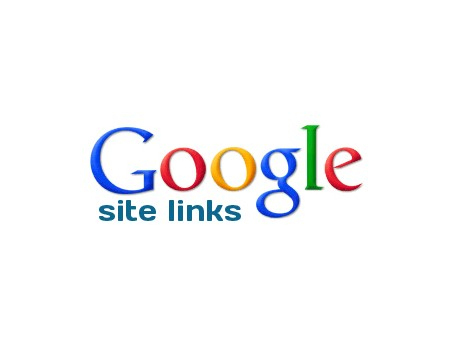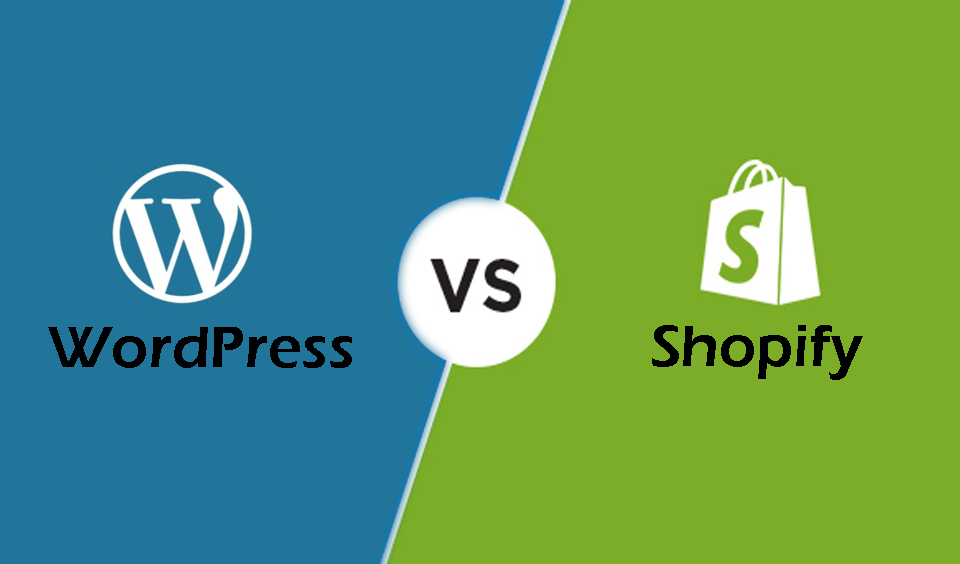Given the importance of a good Google ranking nowadays, one of the most pressing questions when it comes to your site is Нow to get additional links to appear under your website in Google, also known as Google Sitelinks?
When you do a search in Google, in some cases you may notice the search listing looks different than others as it contains links to additional and important pages from the website.
These additional sitelinks help your brand to get more exposure and stand out compared to other brands.
What are Google Sitelinks?

Google Sitelinks are additional sub-pages which appear under the main site in search engine results. They are often links to the most popular pages of the website searched. Google sitelinks are shown when the user searches for a specific brand keyword because they help with an easier navigation around the website.
Depending on the website, the number of sitelinks may vary. A brand name search in Google can have two to even six sitelinks displayed bellow the website name.
Google sitelinks are chosen by an algorithm so they can provide the best possible user experience as it allows users to go directly to the top pages and skip the extra clicks.
If your site is still new and you don’t have a lot of traffic, then it is possible that Google will not display any sitelinks to your keyword.
Why are sitelinks important?
The main reason sitelinks are highly valued by business owners and SEO professionals is that it helps your brand stand out among competitors.
1. They improve your Click-Through-Rate (CTR)
As per statistics the three top positions on Google get the most clicks. When sitelinks appear for a specific brand, it takes the same space as three regular search results.
This will increase your CTR, meaning more visitors will visit your website from that keyword.
2. They help you build a more trusting relationship with users
As mentioned above, Google sitelinks are not shown for all websites. The sitelinks are displayed when said website is popular and well-optimized, meaning the shown results will be useful for the visitor.
Google sitelinks takes a lot of screen space, which alerts the user that this site is more relevant than other on the same page.
On mobile devices, these sitelinks take up even further space, which highlights the credibility of the brand.
3. Increasing Product Awareness
With Google sitelinks you are able to see the most important pages on the website. This is based on what Google’s algorithm thinks is most relevant to the user’s search. For a lot of companies this is a great way of the audience to get acquainted with their products, pricing, services and even blogs.
For an online store or an eCommerce website, Google sitelinks may show you more personalized results which will help them in their online shopping.
4. Discovering Top Pages
Sitelinks can be very useful when pointing users towards the website’s top pages and content.
5. Google sitelinks lets users browse deeper pages
In some cases, sitelinks come with a dedicated site-specific search box. This box allows users to search within the website directly from Google.
This feature is added by Google only for websites with more content, as they believe it will be useful for users. Such websites are YouTube, Wikipedia, etc.
How to add Google Sitelinks to your website
There is no exact science on how to add Google Sitelinks to your website. Unlike with other SEO features and techniques, there is no button like in Google Search Console to enable sitelinks for your website.
They are automated and displayed entirely based on Google’s algorithm. You can, however, follow some SEO practices to improve your chances or getting sitelinks for your site.
1. Unique Website
Sitelinks are mainly displayed on brand search queries and are added only when the website ranks #1 for that search result.
If your brand name is more generic, then you will have a harder time ranking at the top. Even if you do get to the top, Google will have a hard time deciding whether the user is looking for your brand name or the generic topic.
If you already have an established brand name, it’s not a good idea to change it just for the sake of getting Google sitelinks.
2. Rank First for Your Brand Name
What you need to do is to start working on ranking your website #1 for your brand name. if your company is just beginning to develop, it may take some time but eventually it will happen.
To improve the ranking of your website, try to implement the post available practices. You would need to research keywords, as well as write blog posts which are optimized for SEO. After this you would need to get backlinks for your site.
3. Properly structure your data for SEO
Search engines such as Google use bots to crawl your website. They look for good structured data on your website to get a better understanding of that the website and the specific page is about.
The better you structure your website data, the more you improve your chances of getting a Google sitelink, answers box or a featured snippet.
This can set up with the help of a SEO plugin where you can add meta data and some other schema elements.
Be advised that as with other advices above, structured data or schema markups does not guarantee that sitelinks will appear for your website, but it does significantly improve your chances.
4. Clear navigation and website structure
As the owner of your website, it’s your responsibility to make sure all search engines can easily navigate through your website.
This could be done by organizing your pages in a hierarchical menu and adding breadcrumb navigation to make it easier for users and search engines.
Also, make sure all relevant pages such as Contact, About, etc. are present and linked from other areas of your website.
5. Add your site to Google Search Console and submit a sitemap
Search engines rely in XML sitemaps so that they can discover and correctly index pages from your site.
First you need to create an XML sitemap and submit it to Google search console. This will significantly increase your chances of Google discovering all pages on your site, as well as getting a Google sitelink.
6. Internal linking
Internal linking is very important in terms of on-page SEO. You need to make sure you are often linking to your top internal pages.
Backlinks are a ranking signal for Google, marking the most important pages on your website.
7. Make page titles relevant
One of the most important part in SEO are page titles. Make sure your page titles are relevant to the keyword you are aiming to rank for.
8. Increase brand awareness
As mentioned above, Google sitelinks are mostly shown for well-established sites. There is no need to be as big as Apple for example, but you do need a higher brand awareness so that Google can notice you.
Your online presence and brand image play a big role in your Google ranking. Here are some useful tips:
- If you don’t already have some, create social media profiles for your brand and link them to your website
- Get positive business reviews on Google, Facebook, etc.
- Guest blog on popular blogs in your industry.
- Take part in community discussions and give interviews.
- Do press releases
Brand awareness will help increase the number of brand searches in Google and will give indication if sitelinks need to be added.
Adding Google Sitelinks Search box

Like Google Sitelinks, the search box is added based entirely on Google’s decision. It’s typically used for sites with a huge amount of content such as YouTube, Wikipedia, etc.
You can however add some code snippets to your site just to encourage Google to display the search box along with the sitelinks.
FAQ
How to remove sitelinks from Google
In the past, webmasters were allowed by Google to demote sitelinks from the Google Search Console. Today this option is removed to simplify the process. There are now only two ways to remove sitelinks for a specific page – to delete it or set it on ‘noindex’. You cannot disable Google sitelinks once added unless you re-index the entire site which we do not recommend.
How can I change sitelinks in Google?
The answer is you can’t. The relevant pages are automatically selected by the Google algorithm. You can only customize the page titles, but Google decides what text to display. As the text on sitelinks is automated, there is no way to edit it.
Can I pay for Google sitelinks?
Often people confuse sitelinks with Google Ads sitelink extensions. When you pay for your ads Google lets you manually set up the sitelink’s extensions. This however does not influence the sitelinks on your organic listing.
Was this article useful? Let us know in the comments bellow.





